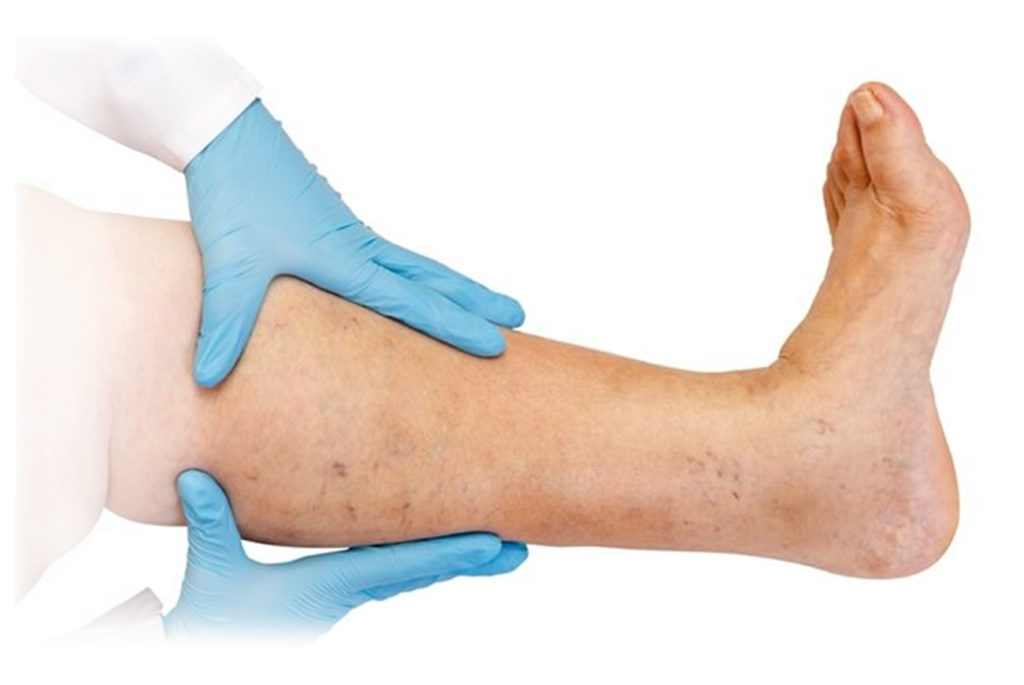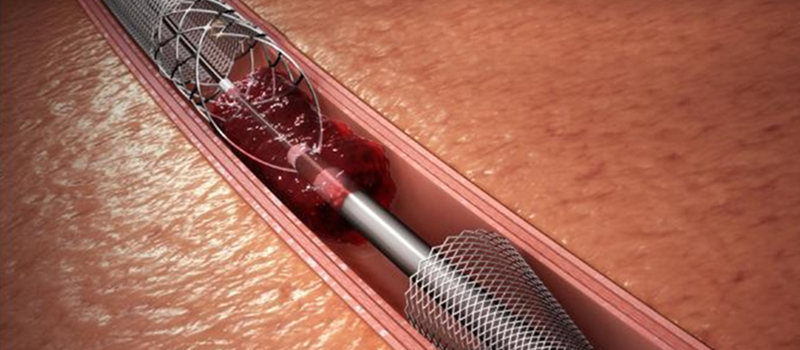Uncovering the Vascular Causes of Leg Pain and Swelling
Vascular causes of leg pain and swelling are issues that affect blood vessels in the body’s extremities. The vessels, in this case, are the veins and arteries, and when they are not functioning at optimum, they disrupt the frequency and volume of blood flow in these areas. As a result, you experience pain which could be accompanied by swelling. Some of the common symptoms of pain and swelling in the leg caused by vascular complications include;
- Cold feet
- Wounds that take too long to heal
- Irregular color changes on the toes
- Swelling (Edema)
- Tingling
- Numbness in the affected part of the leg
- Weakness
- Tingling

Vascular causes of leg pain and swelling
While there are several vascular causes of leg pain and swelling the leading four causes are;
Peripheral Artery Disease (PAD)
Peripheral Artery Disease occurs when there is a build-up of fatty deposits in the arteries which results in the arteries hardening and narrowing. With the arteries clogged and stiffening, the flow of oxygenated blood to the muscles and tissues is reduced. The underlying condition of PAD is arteriosclerosis, which can also cause heart disease and stroke, and it calls for immediate medical attention.
The main symptom of PAD is pain when walking or doing other exertion activity that goes away pretty fast when resting. Other symptoms include; numbness, tingling, muscle cramps, and throbbing pain. PAD progresses slowly, but if left untreated, it can lead to gangrene and even amputation. If you still experience severe pain even after resting, then it means the disease has progressed further, and you need urgent medical attention.
Deep Vein Thrombosis (DVT)
Deep vein Thrombosis happens when blood clots partially, or completely block blood flow in the veins of the legs. Most people do not experience any DVT symptoms, but in cases where they manifest, they include pain in the affected area, tenderness, swelling, and redness, and the area of the skin where a clot has clogged the vein may feel warm.

Several health complications may cause DVT including major surgery, pregnancy, cancer, inactivity, autoimmune diseases, hormone replacement therapy, trauma, inherited blood issues, obesity, and inflammatory diseases. Left untreated, DVT poses a serious risk as it could lead to a pulmonary embolism where the clot breaks and travels upwards to the lungs which is a life-threatening complication.
Lymphedema
Lymphedema in the legs results from lymph fluid accumulating in the leg tissues and points to damage to the lymph nodes. Lymphedema is a chronic condition and, if left unattended, can lead to a risk of breast cancer. Fortunately, there is a range of treatment options that can help manage it and allow the individual to lead a healthy, productive life.
Chronic Venous Insufficiency
When valves in the vein fail, blood can flow backward, primarily because it acts against gravity in the legs. This creates a pooling of blood in the leg veins and places pressure on the walls of the veins, a condition called chronic venous insufficiency, or CVI. Symptoms of CVI include some heaviness in the affected leg, some mild pain, and swelling. Varicose veins are also a sign of CVI.
The Need for A Specialist
Only a specialist can adequately diagnose any of these causes. Further, underlying issues may require urgent medical attention, and a vascular specialist will help in all these areas. Also, the treatment options vary by condition, severity, and individual.
This specialty care, along with expert insights, world-class wound management, and the best customer care in the region, is what you get from Washington Vascular Specialists. Book an appointment today and let a certified specialist help you eliminate any leg pain and swelling while preventing any further complications.



